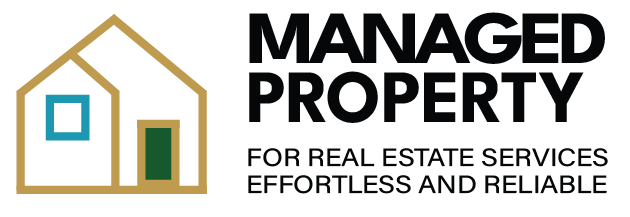Overview:
Hurghada’s extraordinary growth—from a small fishing village to one of Egypt’s premier tourism and lifestyle hubs—is driven by three owner-relevant forces: winter-sun climate, world-class air connectivity, and an ecosystem of resorts, medical facilities, and services that meet both short-term and mid-length stay needs. This guide translates the tourism journey into actionable value for property owners and managers.
1. Climate That Underwrites Occupancy
-
Winter highs: Typical 21 °C in January; August peaks near 36 °C. Minimal rainfall means year-round rental potential.
-
Owner dividend: Shoulder seasons (Oct–Apr) are longer and more lucrative than most Mediterranean markets.
-
Tip: Always highlight climate stats in your listing description for off-season travelers; include shade/AC options for summer guests.
2. Air Connectivity Converts Interest Into Arrivals
-
Numbers: Hurghada International Airport serves over 9.6 million passengers annually, with 62+ flights per day in 2025 (charter & LCC carriers from Germany, UK, Poland, Gulf states, and more).
-
Effect: Dense European coverage means a steady influx of first-time “trial” trips, repeat bookings, and eventual second-home buyers.
-
Action: Owners should monitor flight calendars for pricing surges and vacancy signals; cite weekly route maps and season-specific direct flight options in guest info packs.
3. Diversified Experiences Keep Households Returning
-
Reef & watersports: Snorkeling, diving, and kite surfing are Hurghada’s calling cards; signature sites like Giftun and Abu Ramada are close.
-
Desert & culture: Quad bike safaris, Bedouin dinners, city promenades, and Marina nightlife—guests stay longer and come back for the variety.
-
Family infrastructure: Expanding clinics, pharmacies, supermarkets, co-working spaces, and app-based rides (Careem, Uber)—vital for longer stays and digital nomads.
4. Owner Impact: Smart Tourism = Stable Occupancy
-
Depth = durability: The more reasons guests have to return, the less subject your income is to seasonal swings.
-
Operational tactics: Prioritize hospitality basics—hotel-grade linen, AC maintenance (clean coils quarterly, filters monthly during peak), and a photo-based cleaning QC process.
Publish your house rules and service SLA (“life/safety ≤1h; AC/water/power ≤4h; routine ≤48h”) in all languages required by your guest mix.
Practical Owner FAQ
-
Best visiting months? Late October–April for cool air and diving; summer for family beach demand (warn guests about August heat).
-
Managing electricity? Egypt uses tiered residential tariffs: EGP 0.68–2.23/kWh (2024/25). Photograph meters at check-in/out and factor in a fair AC allowance.
-
Do building rules impact rentals? Yes—visitor registration, wristbands, and quiet hours are common. Publish rules in your listing and manuals.
-
Egypt real estate tax? 10% of assessed annual rental value, less 30% for expenses (residential). Keep contracts, meter numbers, and receipts for your tax agent.
Local Data Snapshot (2025)
-
Climate: 21 °C January highs, 36 °C in August, near-zero rainfall.
-
Flight access: Weekly cycles support stable occupancy and repeat guest flow.
-
Utility: Tiered electricity tariffs; build allowances and meter snapshots into rental agreements.
-
Tax: Annual real estate tax uses rental value and statutory expense deduction; file on time and keep all paperwork organized.
Sources:
-
Hurghadians Property tourism explainer, WeatherSpark climate data, FlightConnections HRG routes.
